1. Pomegranates with darker spots are usually juicier and sweeter
If you think that choosing pomegranates with darker spots will make them juicier and sweeter, then you are completely wrong! Delicious pomegranates usually have a deep and even color, without dark patches or green stems, they should feel firm and heavy. In case you touch a pomegranate and it gives you a soft feeling, you should definitely not buy it because it might have been soaked in chemicals.
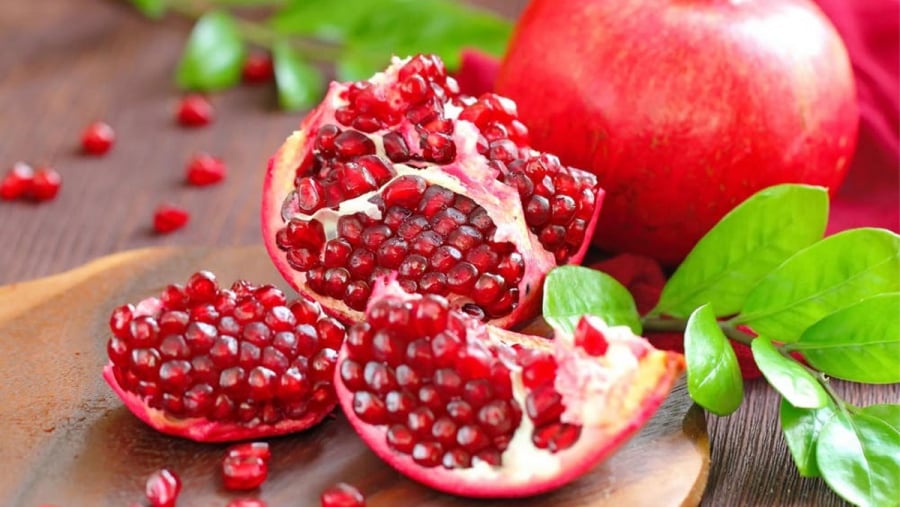
2. Riper avocados have darker skins
When choosing avocados, fruits with darker skins are usually riper, but for some avocado varieties, this is not entirely true. Depending on the variety, ripe avocados can have brown or green skins. Some varieties can be dark green or light green, and there are even varieties with yellow spots. Therefore, when buying avocados, you cannot rely on the color to determine whether they are ripe or not.
The best way to check if an avocado is ripe is to gently shake it. If you can hear the seed moving inside, then it is ripe. Or when you press a ripe avocado with your hand, it will give a slightly soft and elastic feeling. At the same time, the flesh below the stem will have a brownish-yellow color, which indicates that the avocado is ripe and delicious to eat.
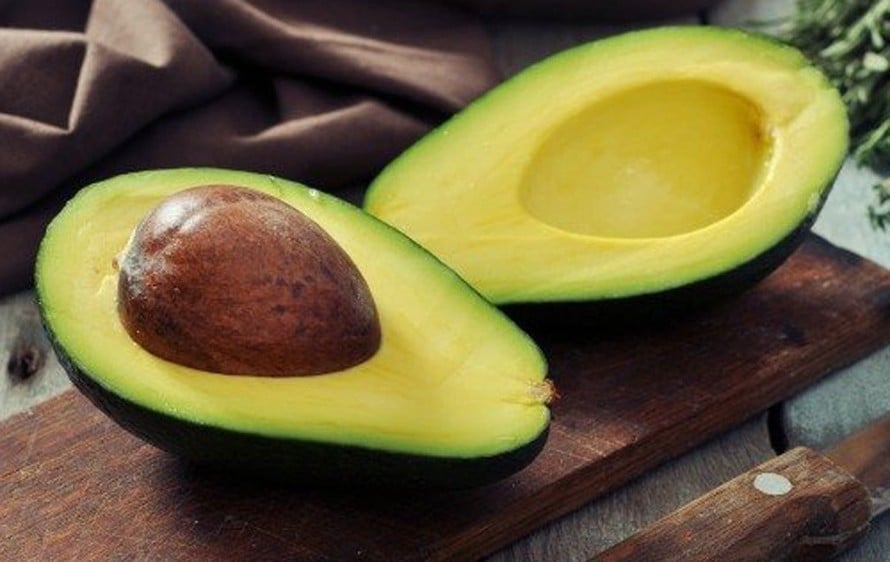
3. Riper pineapples have slightly brownish leaves
In reality, pineapples with slightly brownish or slightly wilted leaves are sweeter and tastier than those with only green leaves. Note that when buying pineapples, you should choose fruits with consistent color and no spots.
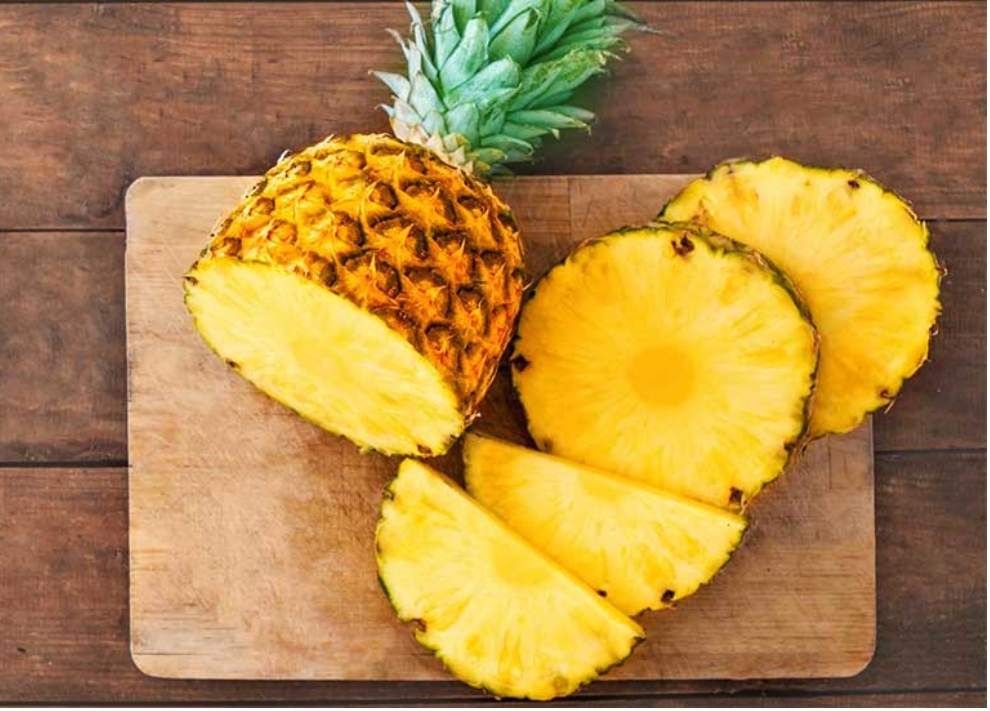
4. Papayas with brown spots are bad and not delicious
This is a common and regrettable mistake because it can cause you to overlook ripe and fragrant papayas. Brown spots on papayas usually do not affect the taste of the fruit. In fact, papayas with brown spots are even sweeter than those with normal yellow color. The larger the spots, the more ripe the fruit is. When buying papayas, you should choose fruits with yellow or orange color and a slightly soft texture.
In the case of papayas with brown spots, it means that they are already ripe, so they should be used soon to avoid spoilage.
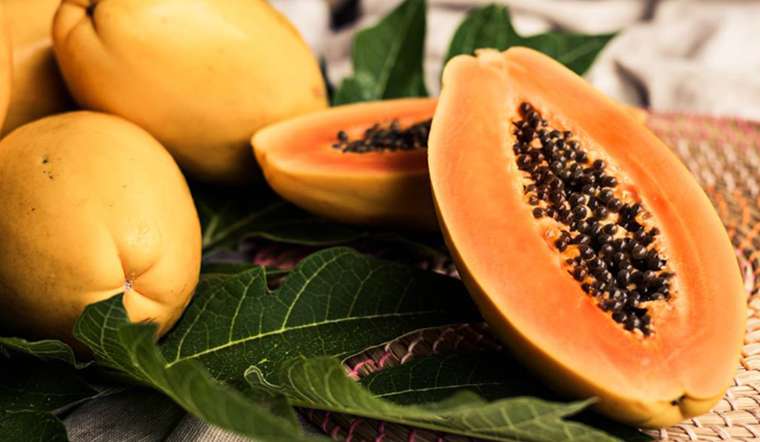
5. Green mangoes are unripe
The color of ripe mangoes varies depending on the variety. Usually, ripe mangoes have yellow or red color, a distinctive aroma, and some dark spots on the skin. However, there are also mango varieties that remain green even when they are ripe, such as Thai mangoes. When choosing mangoes, you should choose fruits with stems firmly attached to the body, indicating that the fruits are naturally ripe and fresh.
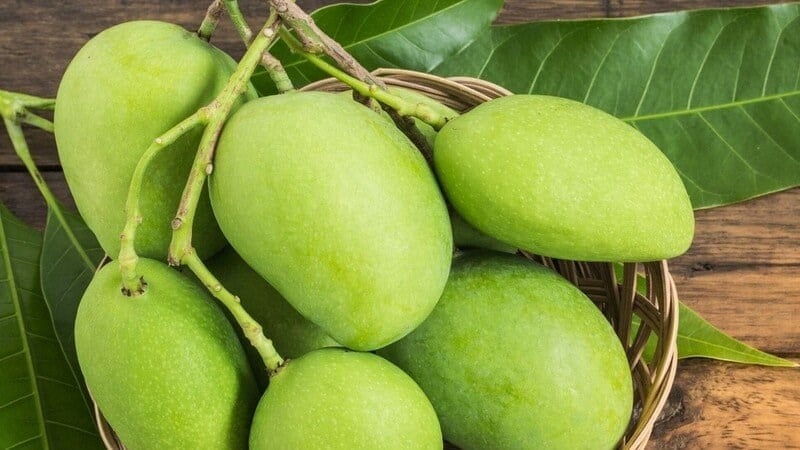
6. The color and shape determine the juiciness of a pomelo
It is a complete misconception to determine the juiciness of a pomelo based on its color and shape. Instead, you should consider its weight. The heavier and firmer a pomelo feels, the juicier it will be.
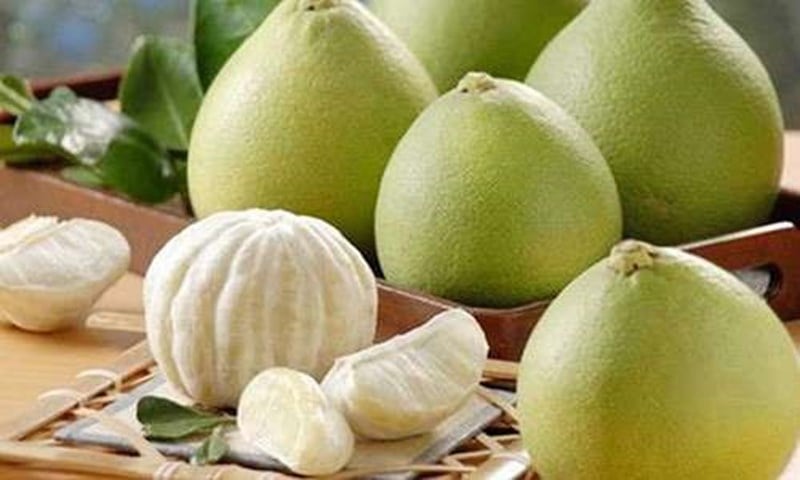
7. Riper passion fruits have darker and wrinkled skin
Passion fruits come in many different varieties. Some varieties have purple skin when ripe, while others have beautiful yellow-orange color. Therefore, to determine if a passion fruit is delicious or not, you should not rely on the color of the skin, but rather its weight. A ripe passion fruit with a diameter of 8cm usually weighs about 50 grams.
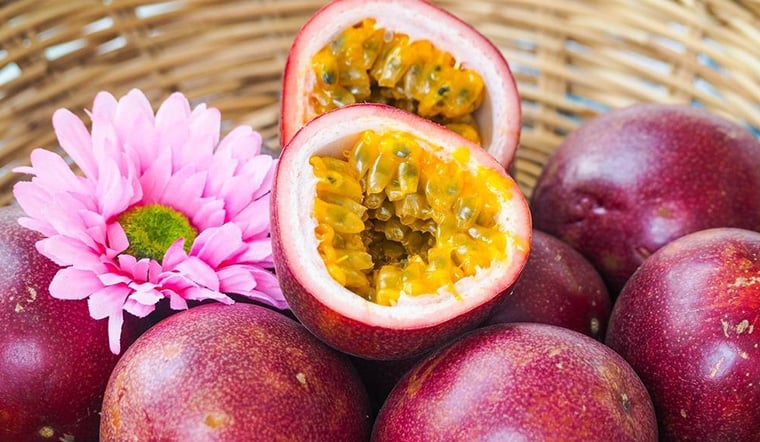
Source: Xe và thể thao (translated)

































